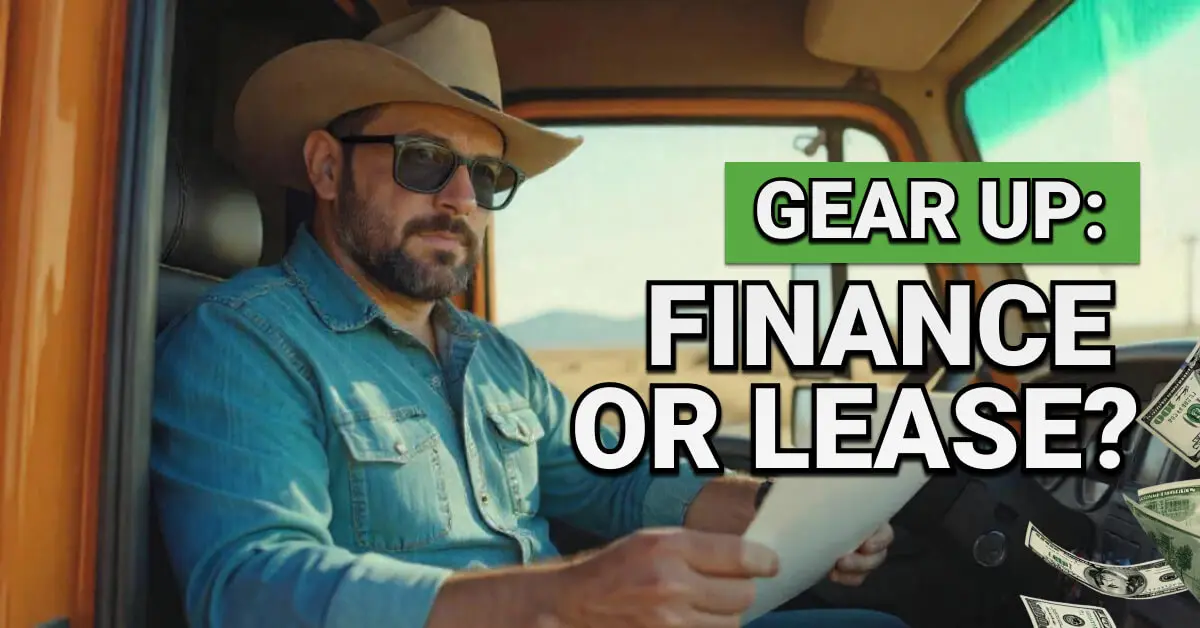Many types of businesses require machinery to run. Whether it is printers, computers, kitchen devices, vehicles or something else, these items can be very expensive. Both equipment financing and leasing give you affordable loan options, but which one should you choose?
Table of Contents
ToggleWhat Is Equipment Financing?
Since you probably can’t simply purchase everything in cash out of pocket, equipment financing gives you the option to take out a loan. This enables you to get the machinery, furniture or vehicles you need right away, paying for them on a monthly basis plus interest until the loan is satisfied. Depending on your lender, you may be asked to put down collateral such as real estate or personal assets, but many loans of this type allow you to use the equipment itself for this purpose. Once you have fully paid off your loan, you are the owner of your equipment.
Usually best if you need a loan for durable equipment such as vehicles that will remain valuable for a long time, these loans have several advantages. To apply for an equipment financing loan is usually quite easy. Because lenders usually accept the equipment itself as collateral, the loans are self-securing. Interest rates are generally low. On the other hand, you will probably be required to provide a down payment which can often be 20 percent of the equipment value. Also, since you eventually own the equipment outright, there are no provisions for replacing or upgrading it.
What Is Equipment Leasing?
Unlike an equipment loan, you do not actually own your machinery or devices when you obtain them via a lease. With this type of financial arrangement, the lender purchases the equipment, and you rent it from them by making monthly payments. There are two types of equipment
leases:
- Operating lease. You have the option to purchase the equipment at fair market value once you have paid off the loan. Monthly payments for this type of lease are low.
- Capital lease. This lease does not appear on your balance sheet and is structured more like a standard loan. Monthly payments are higher, but you have the option of buying the equipment outright at the end of the lease for a low cost, often 10 percent of the lease price.
Leasing is excellent for many businesses because it does not require a down payment or collateral. In addition, the application process is relatively straightforward. Repairs are the responsibility of the lessor, and you often have flexible options to purchase or upgrade once the lease is finished. At the same time, you literally pay for this ease and convenience; the long-term price for a leased machine is higher.
If you are still wondering whether you should apply for an equipment financing loan or get a lease instead, think about how much money you have available right now and whether the equipment you require will retain its value over time. If you have sufficient funds to pony up 20
percent for a down payment and the machinery you need will still be state-of-the-art and relevant a few years from now, financing might be right for you. On the other hand, if you do not have readily available funds or the equipment will likely merit an upgrade sooner rather than later, leasing is probably your best bet. Either way, there are many lenders willing to help you to obtain the equipment you are looking for right away at a price you can afford.
